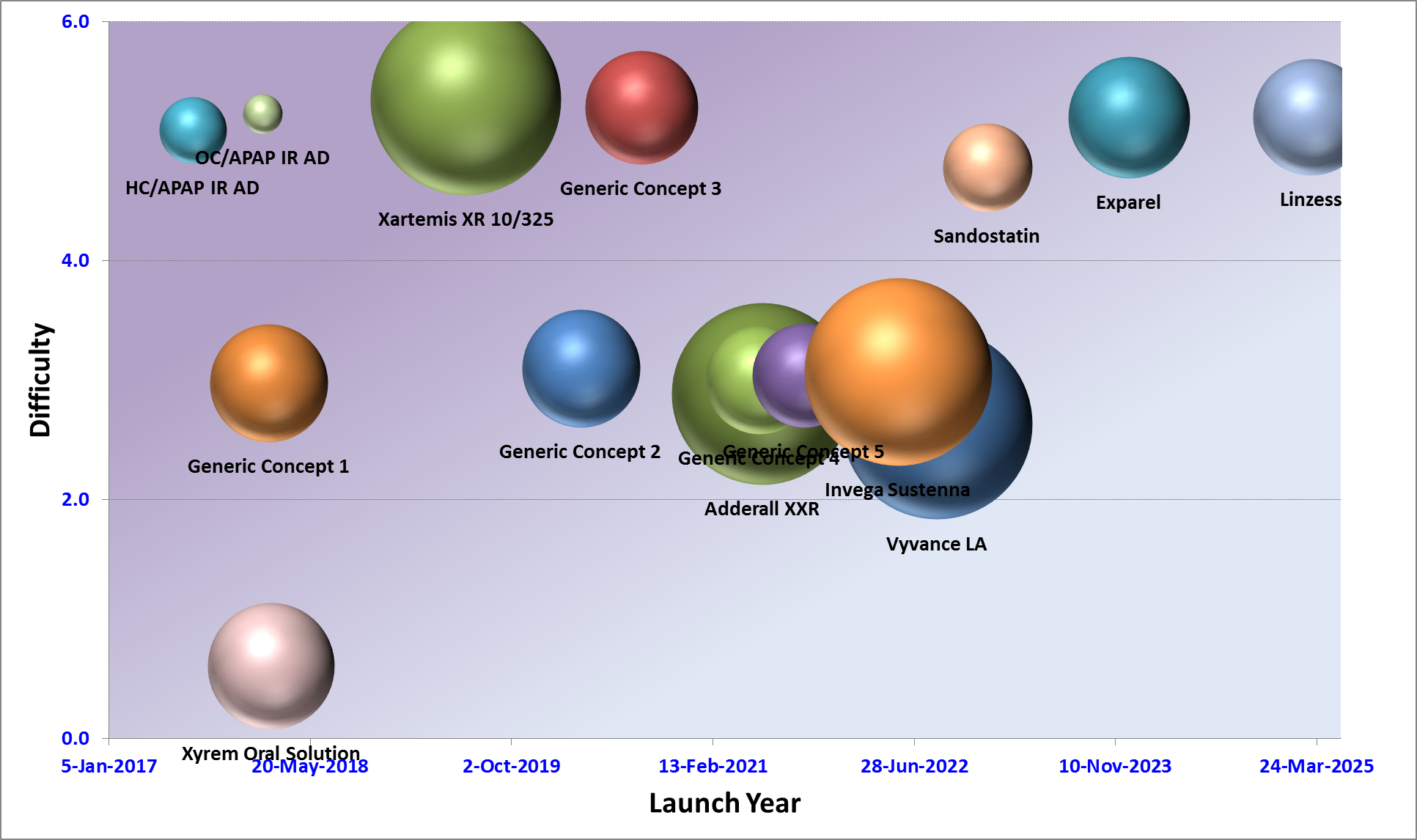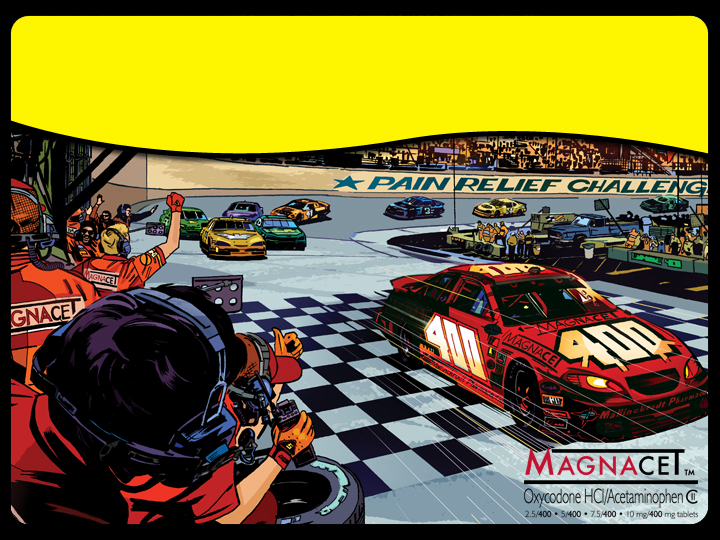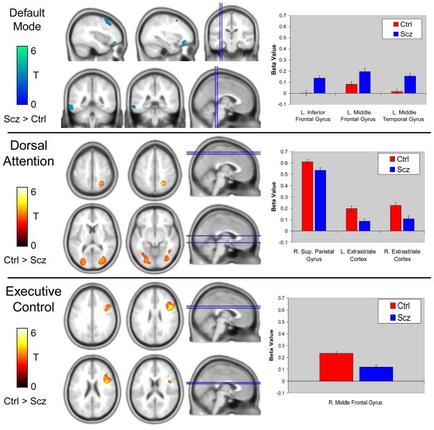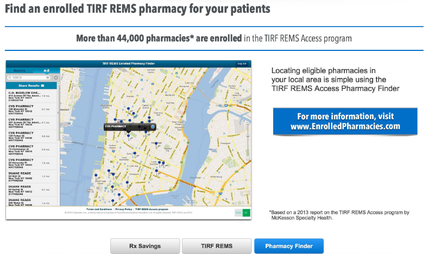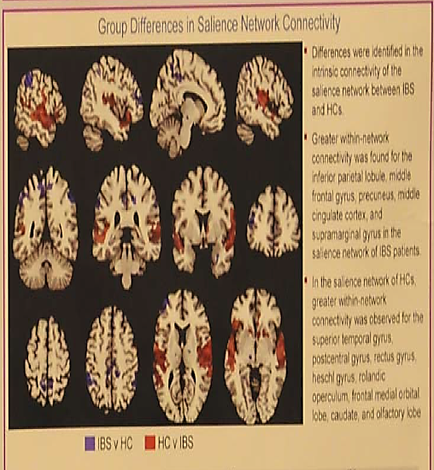
Title
Description
This is a color-coded diagram with annotations showing Group differences in salience network connectivity in the human brain. IBS vs. HC is shown in purple and HC vs. IBS is shown in red.
Category
Source 1 of 3
-
Date
2015
Collection
-
Date
2015
Collection
-
Date
2015
Collection
We encourage you to view the image in the context of its source document(s) and cite the source(s) when using these images. However, to cite just this image alone, click the “Cite This Image” button and then paste the copied text.



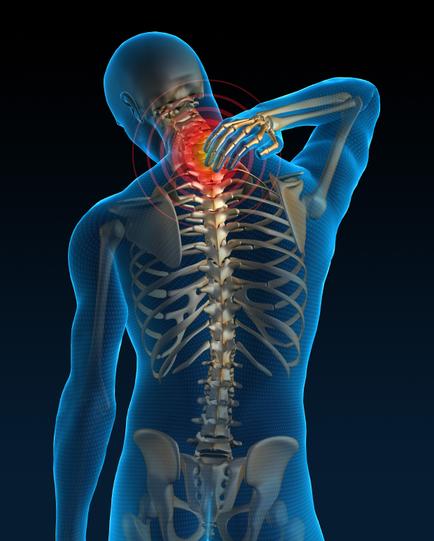

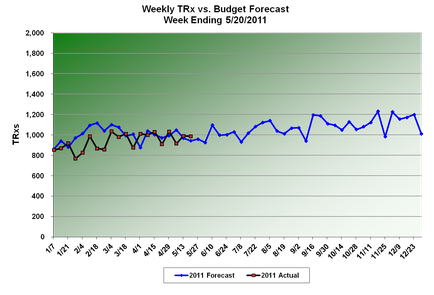

![An infographic that explains the benefits of full therapeutic value for patients like Patrick. It has a blue background with white text and an illustration of Patrick in the center. The illustration is of a man with his arms crossed and a serious expression on his face. <br /><br />On the left side of the image there is a line graph that shows hours on the x-axis and the pain plasma hydromorphone level on the y-axis demonstrating that "Exalgo remained above 50% of C[?] for more than 90% of dosing interval" as compared to hydromorphone. <br /><br />The right side of the graphic has recommended instructions on how best to treat a patient like Patrick with Exalgo and also has important risk information for Exalgo.](https://oida-resources-images.azureedge.net/public/full/3d05d7df-6b4f-46b4-a36b-ee5f924ecb77.png)
